Find the charge on the capacitor shown in figure
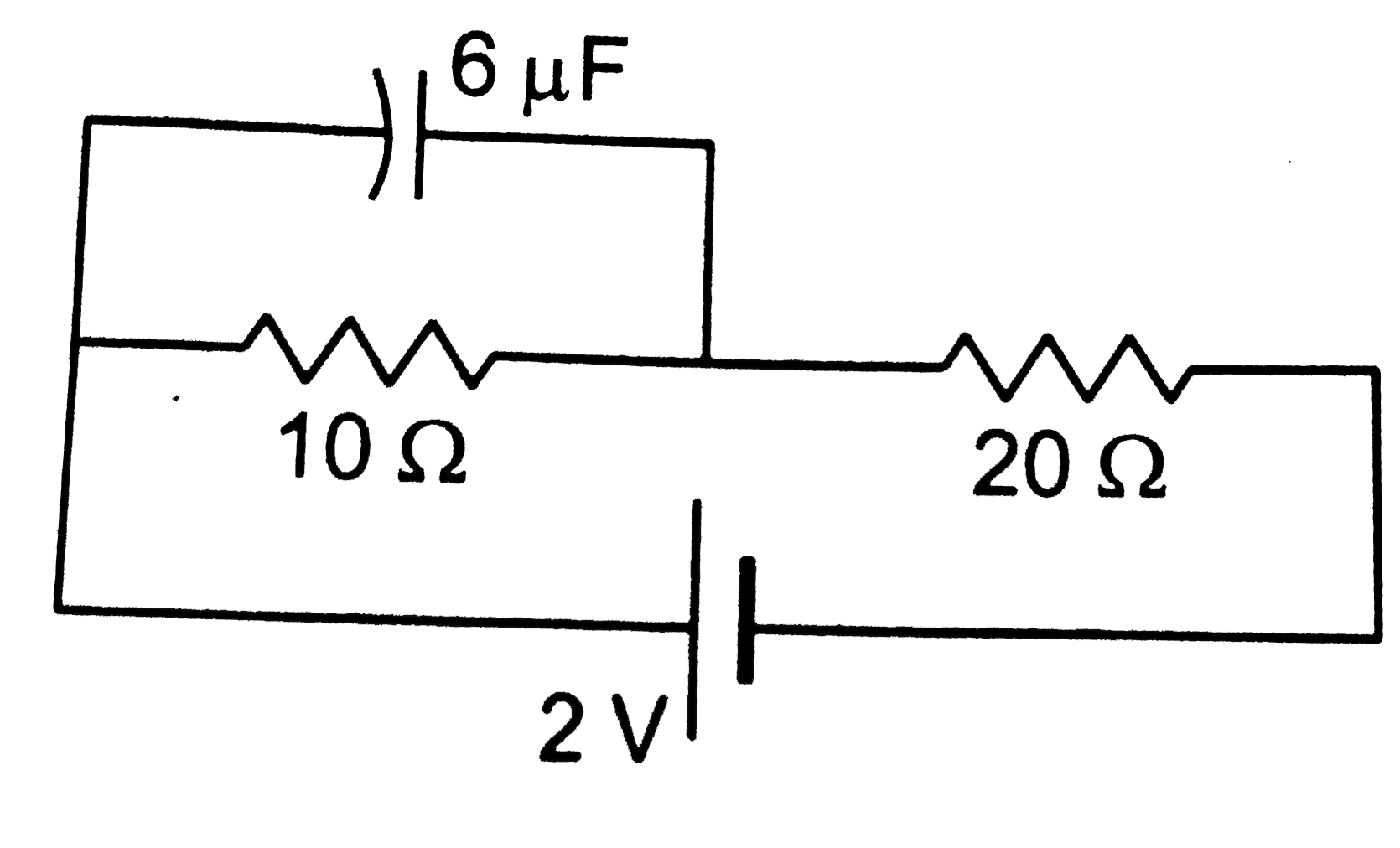
Video Solution
Text Solution
The correct Answer is:D
Torque about a point =Total force xx perpendicular distance
From the point to that force
Let anticlockwise torque =+ve
and clockwise acting torque =-ve
Force acting at the point B is 15 N
Therefore
Torque at O due to this force
=15×6×10−2×sin37∘
=15×6×10−2×35 ltbrge 0.54 N-m (anticlockwise)
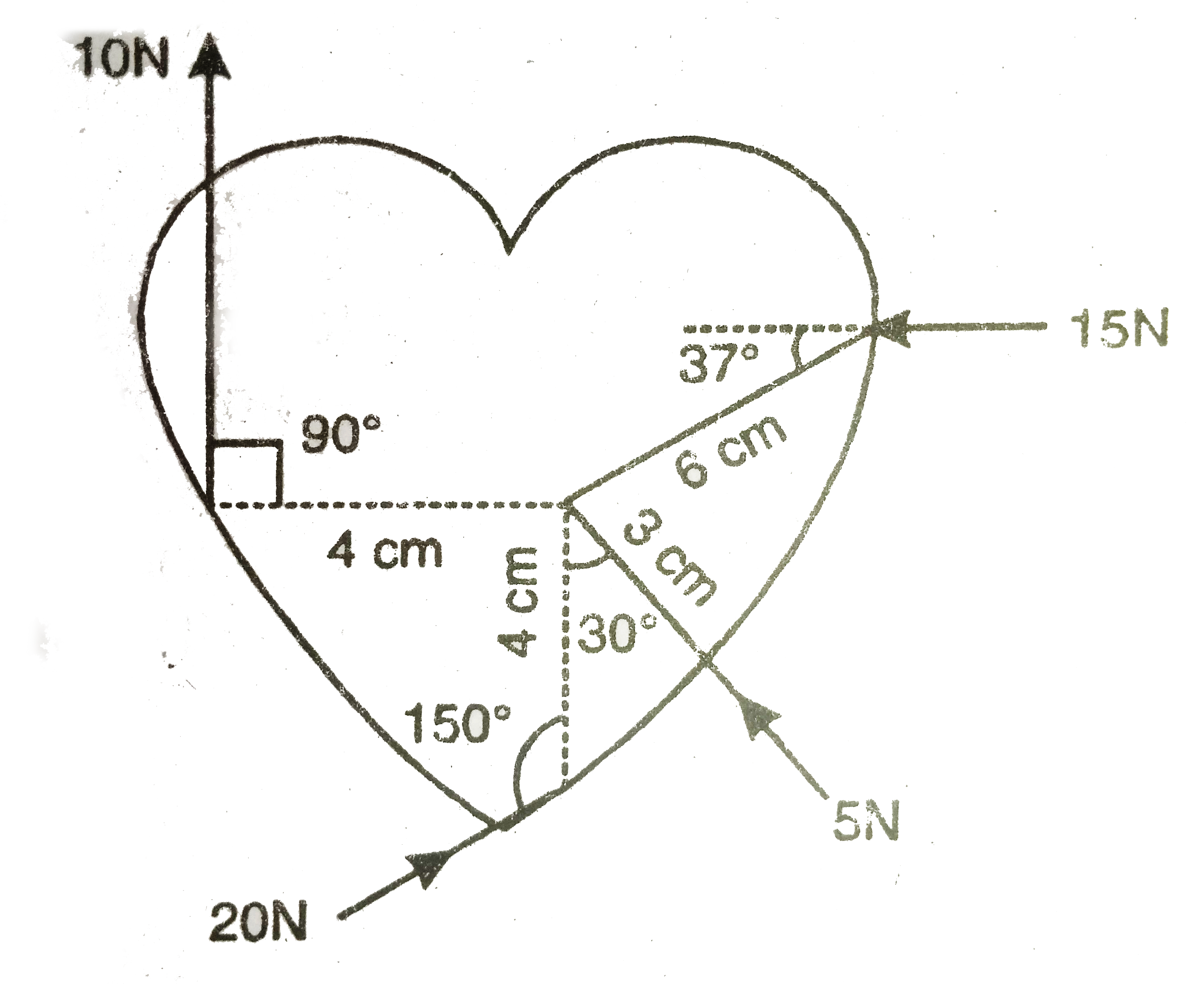
Force acting at the point c is 10 N.
Therefore
Torque at O due to this force
=10×4×10−2=0.4N−m(clockwise)
Force acting at the point A is 20 N.
Therefore torque due to this force
=20×4×10−2sin30∘
=20×4×10−2×12
=0.4N−m(Anticlockwise)
Therefore
Resultant torque actint at O
=(0.54−0.4+0.4)
=0.54N−m
|
Topper's Solved these Questions
- ROTATIONAL MECHANICSBook:HC VERMA ENGLISHChapter:ROTATIONAL MECHANICSExercise:Questions for short Answer
Explore 21 Videos
- ROTATIONAL MECHANICSBook:HC VERMA ENGLISHChapter:ROTATIONAL MECHANICSExercise:Objective -2
Explore 14 Videos
- REST AND MOTION : KINEMATICSBook:HC VERMA ENGLISHChapter:REST AND MOTION : KINEMATICSExercise:Question for short Answer
Explore 13 Videos
- SIMPLE HARMONIC MOTIONBook:HC VERMA ENGLISHChapter:SIMPLE HARMONIC MOTIONExercise:Question for short Answer
Explore 15 Videos
Similar Questions
The charge on the capacitor as in figure is
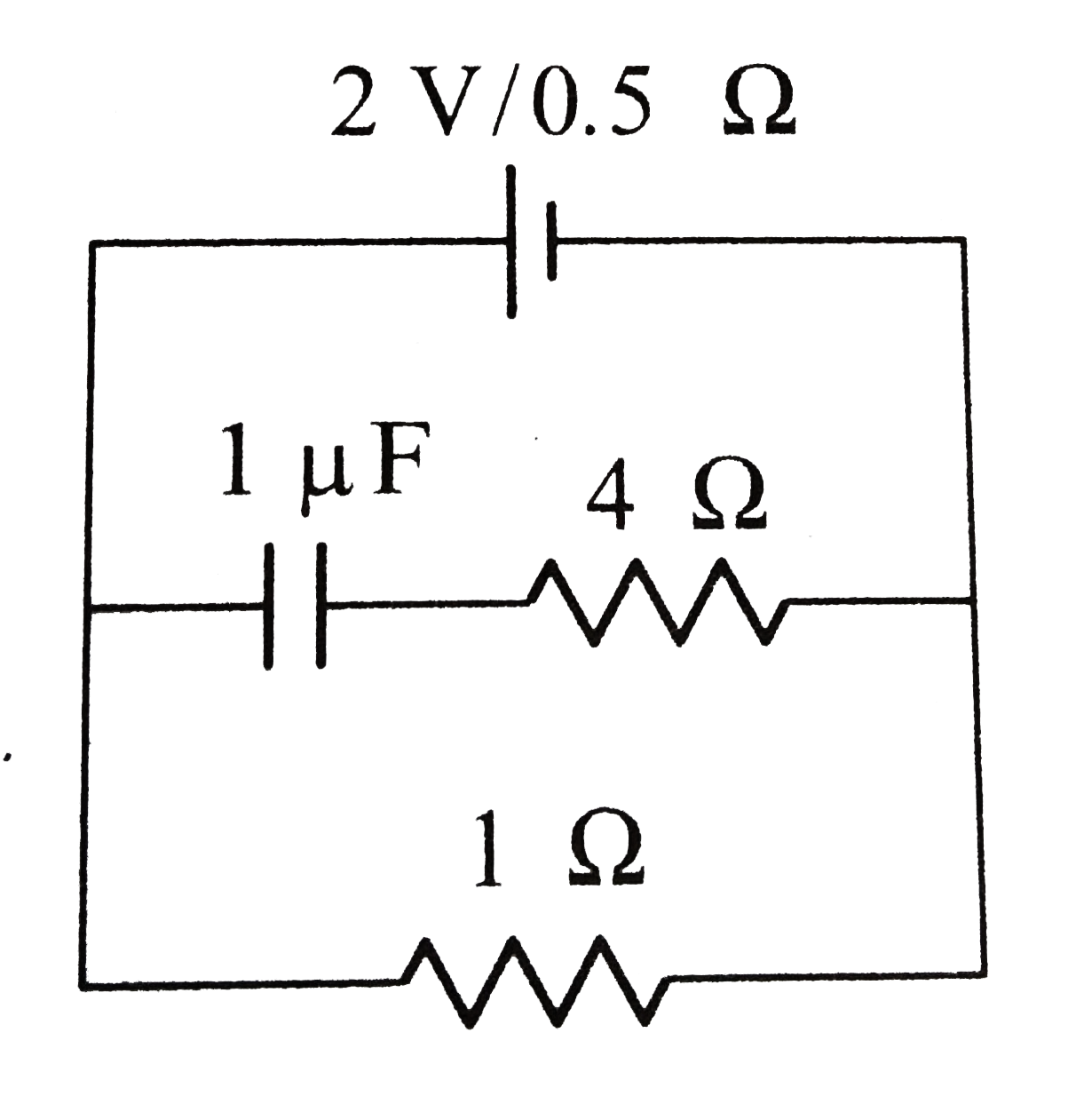
View SolutionFind the charges on the three capacitors shown in figure
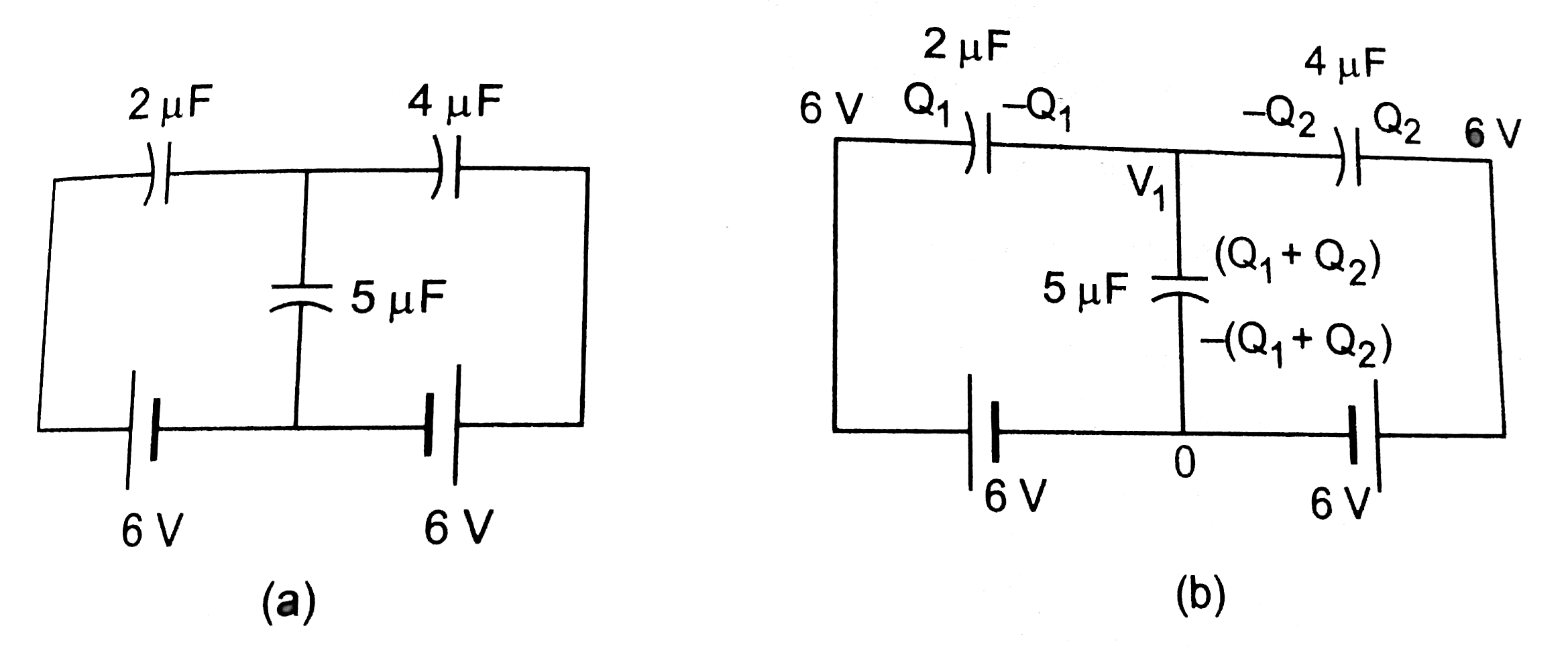
View SolutionFind the charges on the three capacitors shown in figure
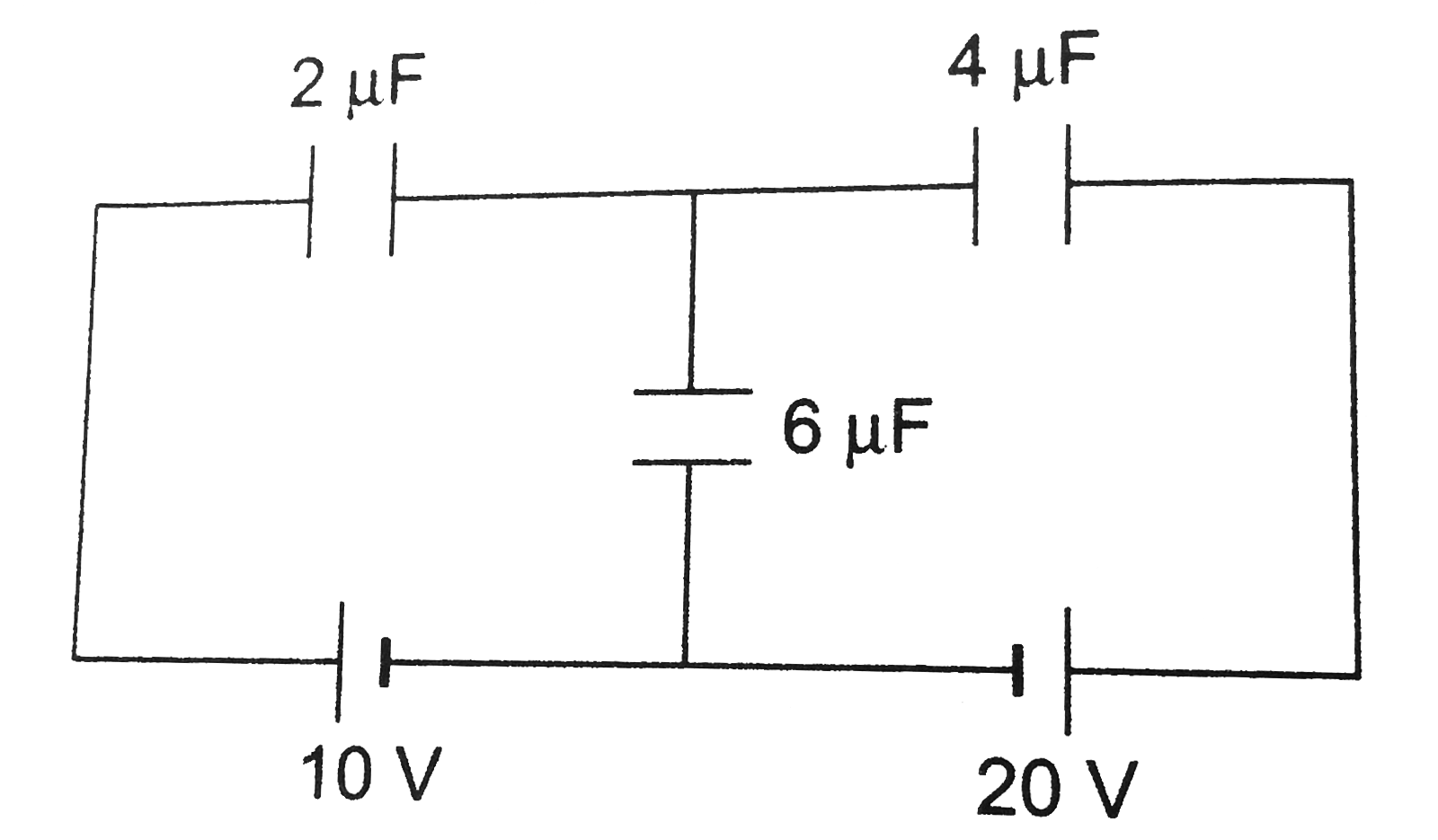
View SolutionFind the charges on the three capacitors shown in figure

View SolutionFind the charges on the three capacitors shown in figure

View SolutionThe time constant of charging of the capacitor charging of the capacitor shown in figure is

View SolutionFind the charge stored in the capacitor.
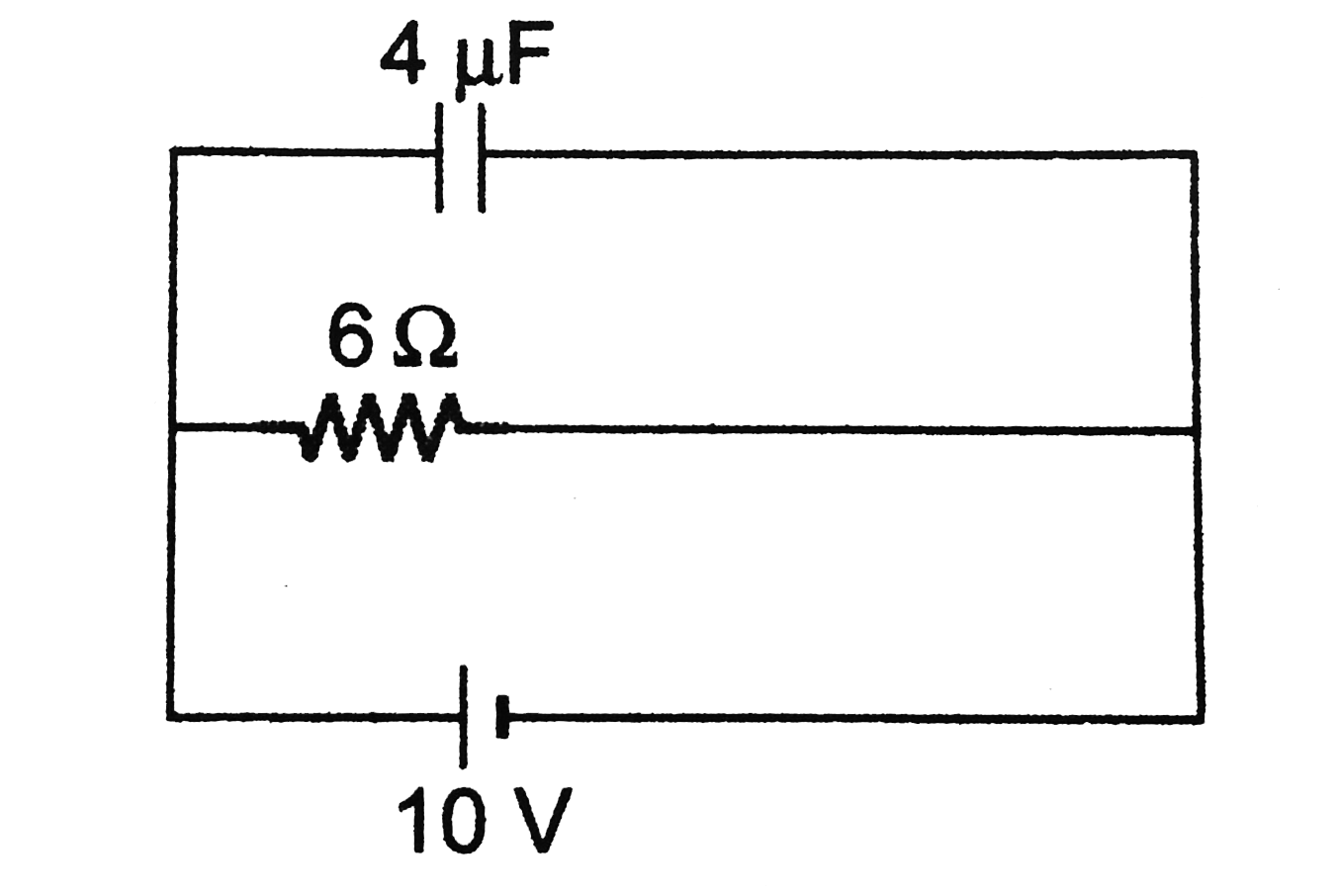
View SolutionFind the charge stored in the capacitor.
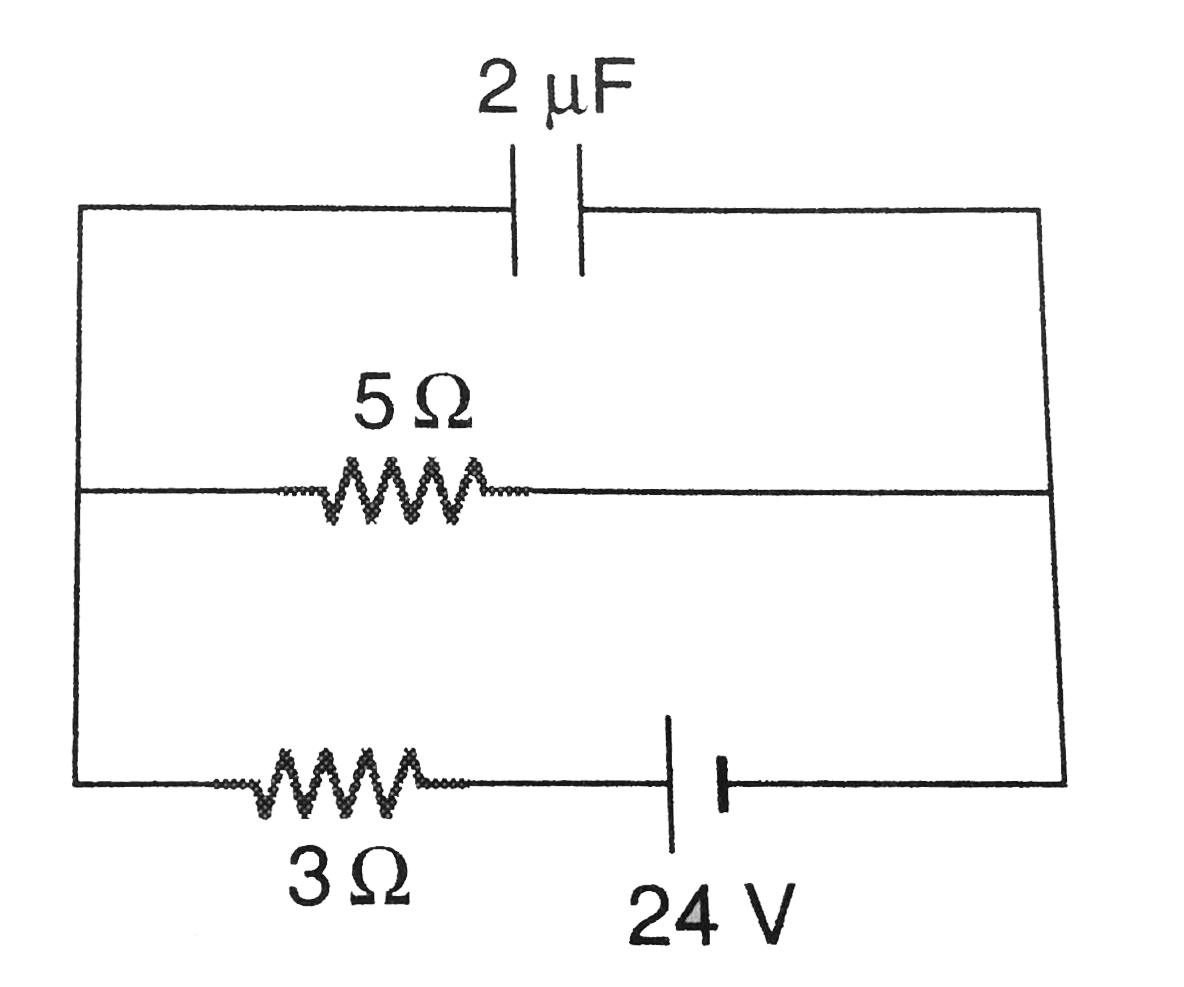
View SolutionFind the charge stored in the capacitor.
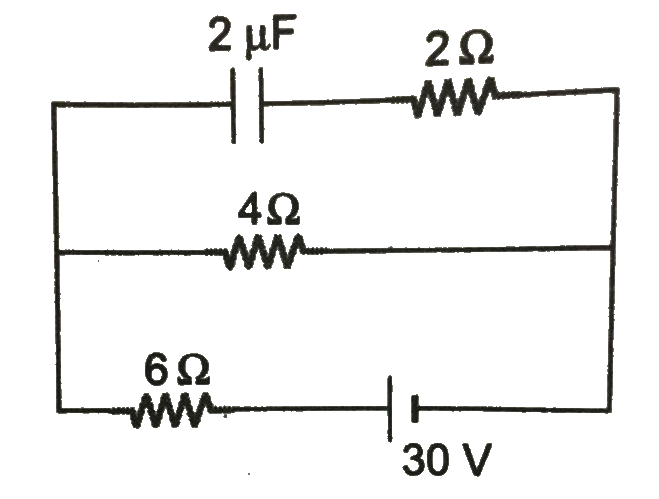
View SolutionIn steady state, find the charge on the capacitor in (μC) shown in figure.
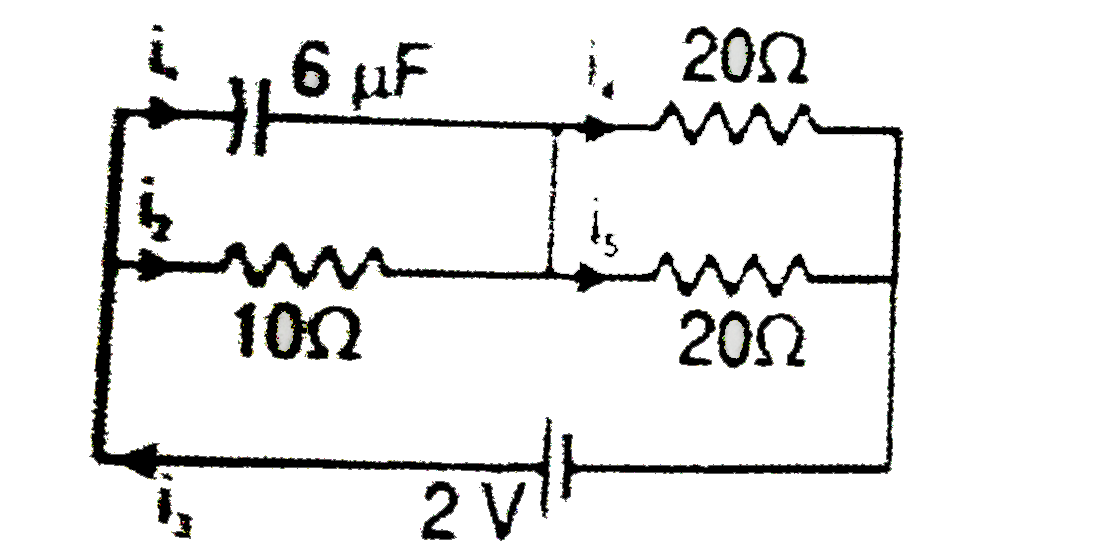
View Solution
